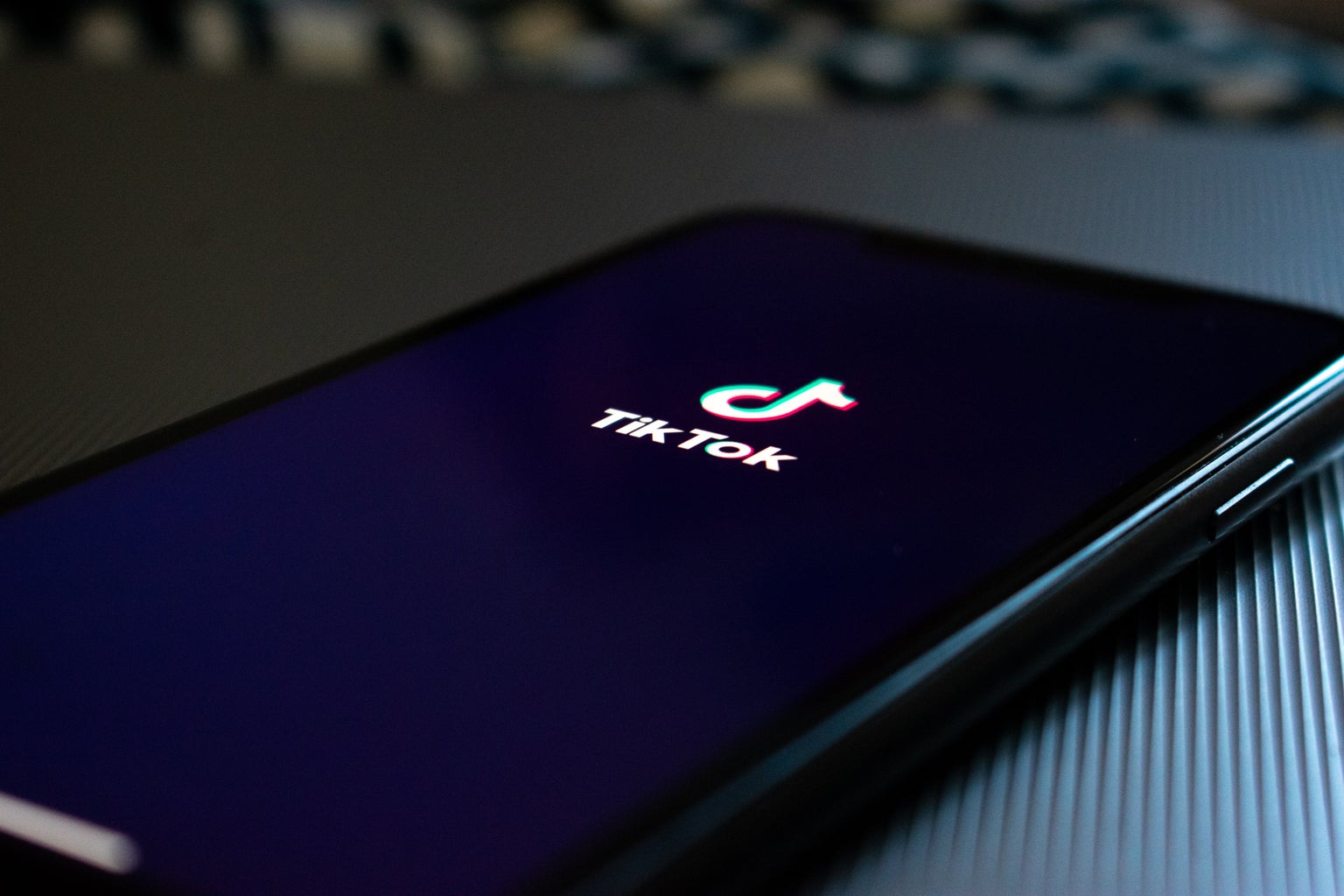Elle Woods from the 2001 movie Legally Blonde represents the empowerment that comes from breaking stereotypes. Being someone who loves fashion, beauty, and all things pink, she receives judgment from her peers and those around her. However, through her hard work and determination, she is able to excel in the male dominated law field without compromising her personality to fit into others expectations of a law student. Despite studying law, Elle Wood’s character encompasses what it means to be a “woman in STEM” (Science, Technology, Engineering, and Mathematics). With her pink, scented resumes, iconic power suits, and unique personality, she isn’t afraid to take up space and assert herself in a woman who deserves her place at Harvard law and the law field as a whole. Essentially, that’s what being a woman in STEM is all about.
The term “Women in STEM” gained prominence as a result of ongoing efforts to address the underrepresentation of women in STEM fields. According to the American Association of University Women, “Women make up only 28% of the workforce in science, technology, engineering and math (STEM), and men vastly outnumber women majoring in most STEM fields in college. The gender gaps are particularly high in some of the fastest-growing and highest-paid jobs of the future, like computer science and engineering.”
Since the 1970s, initiatives have been made to encourage women to enter STEM fields. Additionally, to highlight women’s contributions to STEM, and push for equal opportunities, the United Nations declared Feb. 11 as the International Day of Women and Girls in Science in 2015.
However, a fairly recent installment in the push for more women in STEM are various social media posts on the platform, TikTok, by women and girls navigating their STEM fields as women. While the “Women in STEM” movement has been ongoing for years, recently, more people have gotten an insight into the lives of women pursuing their education and careers in STEM as women.
Many of these posts showcase a “hyper feminine” version of STEM that deviates from the more masculine stereotypes. One example is a TikTok with 259k views with the caption, “Me when I turn up to my engineering classes with a pink outfit and Hello Kitty stationary.” The post received many encouraging comments such as, “I will not settle until 90% of my engineering students dress like this, keep blazing the trail queen,” and “I aspire to be you once I start my engineering classes.” Other videos similarly showcase how these women choose to add individuality to the world of STEM such as a video headlined “girl in STEM aesthetic” which showcased a Biochemistry PHD student as she shared her “yas-ified desk,” “girly figurines,” and cute lab outfits. The video is captioned, “Making science for the girlies one day at a time,” which encapsulates one of the main goals of the “Women in STEM” movement: making STEM a more welcoming space for women.
While many of these TikToks highlight the fun sides of being in STEM, they also highlight the downsides. One video with five million views and over 800k likes conveyed the misogyny many women in STEM face from their male peers. It was captioned “POV it’s my first day as a cybersecurity major” with a voiceover of a man making sexist comments about women. Others shared their own negative experiences with comments such as, “trying to participate in a group discussion and getting talked over constantly” and “got bullied out of my course by HALF OF THE MALE PROFESSORS despite being the top student.”
However, there were other comments that highlighted why posts such as these by women in STEM are so important, most notably, a comment stating, “Please don’t give up, women in cybersecurity have taught me so much! All of my best mentors have been women! You got this!!!!!” While women still face hardships in the STEM field, posting their experiences allows them to relate to shared experiences, while also receiving encouragement from fellow women.
While social media posts may seem small, they can be a powerful force in the “Women in STEM” movement. Science.org states that a lack of role models is a major contributor towards women being underrepresented in STEM. While many point to notable figures such as Marie Curie as STEM role models for girls, perhaps more down to earth and relatable role models can be just as, if not more, effective.
Social media is used by a vast majority of the population and according to Pew Research, approximately 63% of teens report using TikTok, making the app the top social media platform for teens. “Women in STEM” social media posts enable young women to imagine themselves as future scientists. They give people a glimpse into the everyday world of women scientists, showing both the good and the bad.
Priya Venkatesan, a data science major and current freshman at UC Berkeley states that she believes “Women in STEM” posts are a way for women to “take back power and welcome women into all majors.”
As mentioned before, STEM fields have masculine stereotypes, and due to the small number of women within those fields, they tend to cultivate and perpetuate exclusionary, male-dominated cultures that are not supportive of or attractive to women and minorities. “Girlifying STEM” in posts featuring cute lab outfits, pink stationeries, and aesthetic notes serves to fight against that culture and make STEM more inclusive, even to women who don’t personally fit into hyper feminine stereotypes. They also encourage more women to join them in STEM, which works to fight against the underrepresentation of women in those fields.
Senior cyber operator, Briana Mullane once stated, “The biggest challenge of working in a STEM field is the self-assessment of our own capabilities… We tend to value our capabilities… lower than male counterparts and hold ourselves to a higher standard just to feel like we fit in with the men.”
Being a Woman in STEM means discarding the need to fit in with the men around you and creating your own standard for what it means to work in STEM. As women continue to redefine STEM, the future for aspiring girls and young women becomes brighter.





